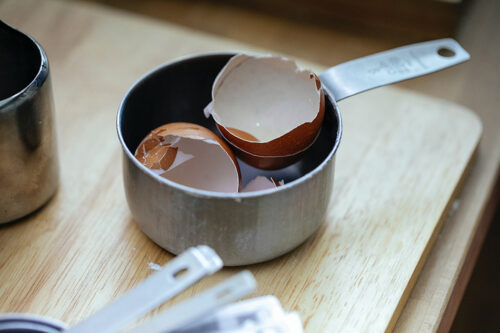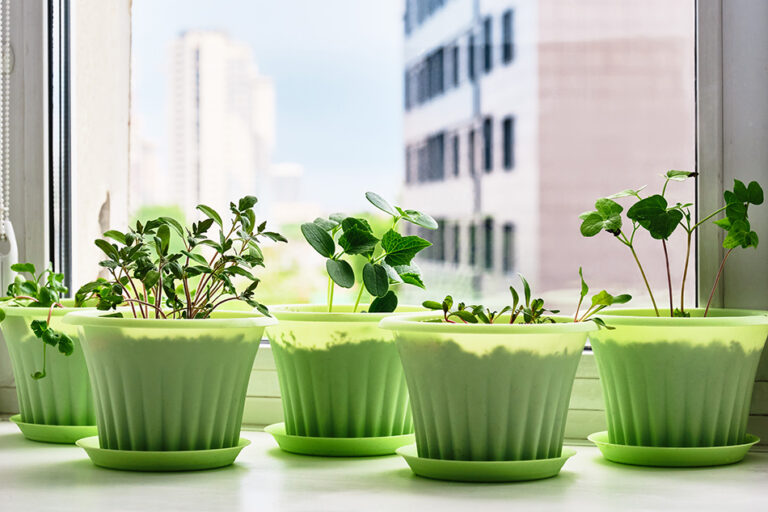At the time of writing, the United States and several other countries around the world are experiencing significant inflation that applies to everything from gasoline to a gallon of milk. Even outside of inflation, anywhere between 30% and 40% of the American food supply is wasted. Focusing on reducing the food waste in your household is a great way to start saving money and reducing your impact on the environment at the same time.
What Causes So Much Waste?
Food waste occurs in every link of the supply chain, from the fields to the fridge and beyond. Some food is wasted before it ever makes its way into the market due to issues with drying or milling it, preparing it, or even transporting it. Food may be exposed to insects, molds, or bacteria in warehouses, and equipment malfunction in processing facilities can even play a significant role in wastage. In the home, food waste is most often the result of spoilage, over-buying, and over-cooking.
How to Reduce Food Waste
There are several ways in which your household can reduce the amount of food it wastes starting today.
- Buy only what you need or learn to preserve food for long-term storage. One of the biggest causes of food waste in American households occurs when families buy more than what they can reasonably use before it expires. Instead, focus on buying only what you can use, or learn food preservation techniques like canning, dehydrating, or freeze-drying so that you can preserve any extras for long-term storage.
- Don’t immediately toss out “ugly” produce! It may not be appetizing enough to eat on its own, but it’s perfect for a healthy smoothie, sorbet, or compote.
- Cook only what you will eat (or freeze the extras). Use suggested serving sizes to determine how much food to prepare for yourself or your family. If you cook extra, freeze the additional portions for later use.
- Take inventory of your pantry. Every few months, look through your pantry for items that are at or near their expiry dates, then come up with a plan to use them or preserve them as quickly as possible.
- Donate food to your local food banks or other organizations. If you simply have more food than you can use or preserve, don’t just wait for it to go bad. Contact your local food banks or other organizations to arrange for delivery. Often, that extra food can be out of your cabinets and into the hands of someone in need within a matter of hours. You get a cleaner pantry and kitchen while a family in need gets a good meal.
- Invest in a chest freezer. A chest freezer is a great tool that allows you to stock up on essentials without worrying that they will go bad before you get to them. According to the USDA, foods that remain frozen are edible indefinitely, but the quality may begin to deteriorate after three to six months.
Of course, despite your best efforts, you may still have some products that go bad before you can get to them. Rather than feeling guilty or simply tossing that produce into the trash, consider starting a compost heap, instead. A few simple steps can turn that wasted food into rich, fertile compost that improves your garden’s harvest the next growing season.






